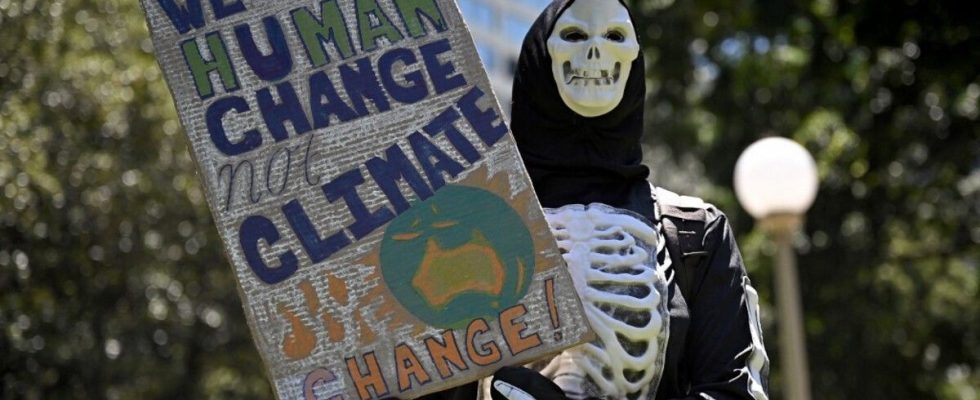See you on November 30 in Dubai, United Arab Emirates. COP28 will then start for two weeks, until December 12 (or even longer, as is often the case). This major international meeting on the climate where countries, NGOs and associations meet, is held each year under the aegis of theUN. But where does the COP come from? What is its function ? For what purposes? Explanations.
What does a “COP” mean?
“COP” means Conferences of the Parties (“conference of the parties” in English). It thus brings together 198 “parties”, that is to say the 197 States and the European Union signatories to the United Nations Framework Convention on Climate Change (UNFCCC). This is one of the three conventions of Rio de Janeiro, adopted during the ” Rio Earth Summit ”, in 1992.
The COPs have been held in a different city every year since 1995 – with the exception of COP26, postponed by one year due to the Covid-19 pandemic. They are numbered in chronological order. This year, COP28 succeeds COP27 in 2022, held in Sharm el-Sheikh (Egypt).
At the same time as the COPs, the Conferences of the Parties to the Kyoto Protocol (known as CMP) and the 195 parties to the 2015 Paris Agreement (known as CMA).
Note that there are COPs for other United Nations conventions or treaties, relating to other subjects such as desertification or the protection of wetlands. The one on biodiversity is held every two years, and its last edition, the COP15 in Montreal, resulted in an unprecedented global agreement.
What is the “Climate COP” for?
Discussions between leaders must result in a final text adopted by consensus and not by vote. A way to accommodate differences in interests and positions while aiming – ideally – for progress in the fight against the climate crisis. On the sidelines of these negotiations, which generally extend beyond the planned timetable, various lobbyists, representatives of NGOs and international organizations meet.
Greta Thunberg described the COPs as “greenwashing” machines and summarized the result of a recent edition as “blah, blah, blah”. During certain editions, discussions between leaders do not lead to anything concrete, out of step with the continuation of global warming and the disasters it causes. In 2009, the COP15 in Copenhagen thus failed to reach a global agreement, even if it had produced a political text at the last minute involving China and the United States.
Other editions, however, have left their mark on History more positively, starting with COP21 in 2015. It gave birth to the Paris Agreement, the first pact committing the entire international community with the objective of maintaining the increase of the global average temperature “well below 2°C” compared to the pre-industrial era and, if possible, to limit the increase to 1.5°C.
COP26 in Glasgow (2021) for its part designated “fossil fuels” and “coal” for the first time as the primary cause of global warming. But, under pressure from India and China, the final text called for a “reduction” instead of an “exit” from coal.
And in Dubai, what are we waiting for?
COP28 is expected to bring together at least 80,000 people in Dubai, according to its presidency. A record. The president of the event, in fact, is the boss of the Emirati oil company, Sultan Al Jaber. A choice criticized by environmental defenders, but defended by others who see it as an opportunity to talk concretely about the energy transition. Whatever happens, the fate of fossil fuels will once again be at the heart of discussions.
The Emirati presidency also puts forward several concrete objectives to be achieved by 2030: tripling the capacity of renewables in the world, doubling the improvement in energy efficiency, doubling the production of hydrogen, etc.
The COP will also be an opportunity to carry out the first “global assessment” of the Paris agreement. A technical report released in September unsurprisingly concluded that “much more needs to be done now, on all fronts” on climate issues.
Finally, money will, as always, be the subject of fierce discussions, whether on the financing promised by rich countries for adaptation to climate change or on the modalities of setting up a fund to finance ” losses and damages” of the poorest countries.

